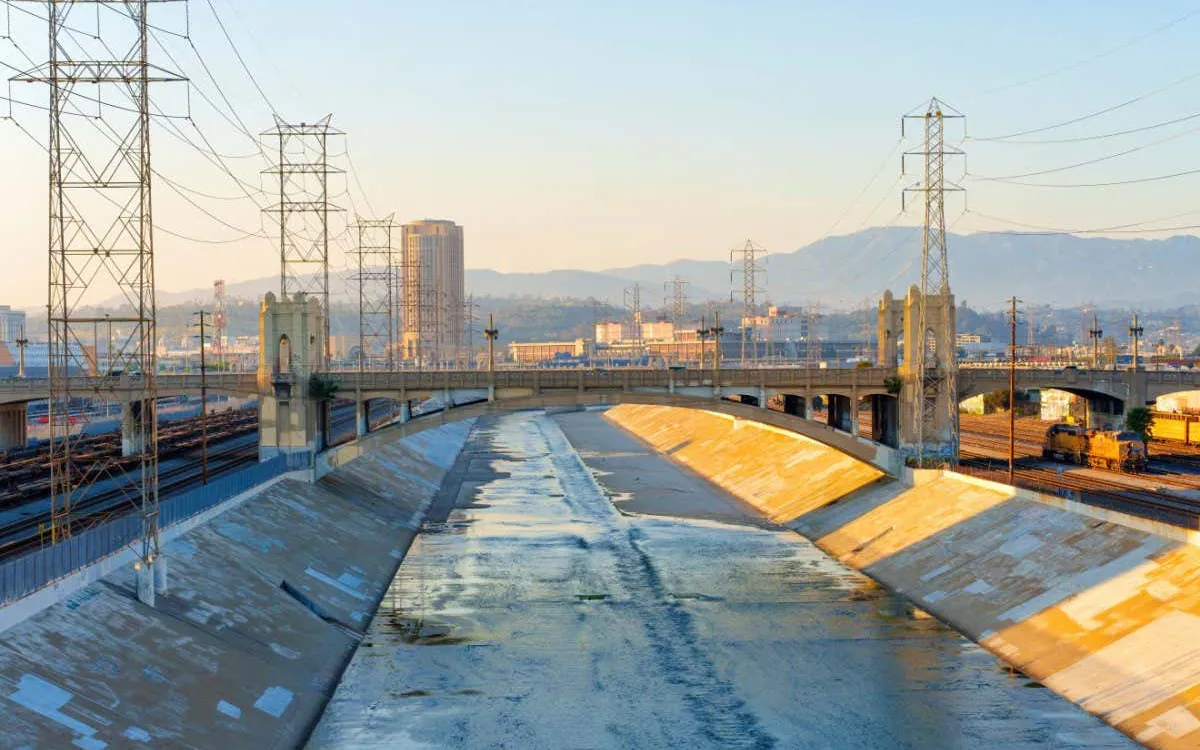
In 2023, a series of atmospheric rivers swept across California, bringing months of heavy precipitation. This deluge significantly impacted the state, filling reservoirs and raising the snowpack far above average levels. For a region that had been grappling with nearly two decades of drought, this flood of water offered a much-needed reprieve.
Despite the apparent abundance on the surface, a recent seismic study has revealed a concerning reality. The influx of water did little to replenish California's depleted groundwater reserves. Shujuan Mao at the University of Texas at Austin highlights that the recovery of groundwater was very limited compared to the amount lost during the recent droughts.
This disparity between surface water abundance and groundwater recovery underscores the need for effective groundwater management strategies. While atmospheric rivers provide temporary relief to surface reserves, they do not address the long-term sustainability of water resources that many communities rely on.
For California, the challenge lies in developing solutions that ensure both surface water and groundwater are adequately replenished. This may involve innovative approaches to water management and conservation, ensuring that the state can withstand future droughts and maintain a stable water supply.
As the climate continues to change, understanding the dynamics between atmospheric rivers and groundwater resources will be crucial. By focusing on sustainable practices, California can better prepare for the challenges that lie ahead.